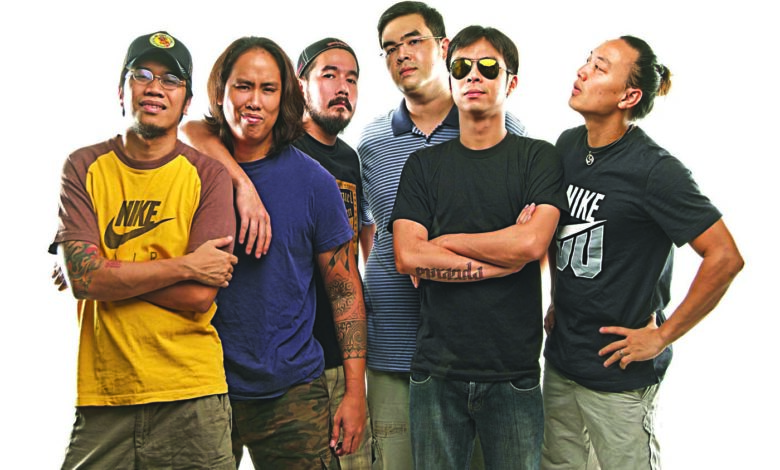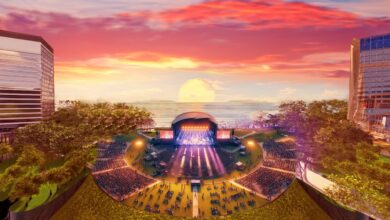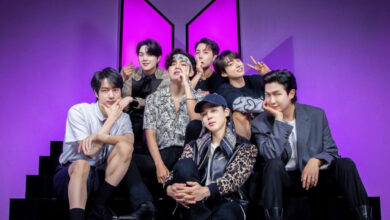
Is it Really the Golden Age of OPM?
Chito Miranda Reflects on Three Decades of Music
In a heartfelt social media post, Chito Miranda, the iconic frontman of Parokya ni Edgar, recently took a trip down memory lane. He reflected on his journey in the Philippine music industry over the past three decades. With humility and nostalgia, he shared his thoughts on the ups and downs of being a musician during the ’90s and highlighted why he believes that the present era is the true Golden Age of OPM (Original Pilipino Music).
The ’90s: A Nostalgic Era
Miranda began his post by acknowledging the widely held notion that the ’90s were the Golden Age of OPM. It was an era that witnessed the rise of iconic bands like Eraserheads, Rivermaya, and, of course, Parokya ni Edgar. Despite the widespread love for OPM during this time, Miranda pointed out that many artists, including his band, faced significant challenges.
He reminisced about the underpaid gigs, cramped hotel rooms, lack of decent backstage facilities, and less-than-ideal sound systems. It was an era where OPM artists, despite their popularity, often felt like second-class citizens compared to mainstream pop stars and actors. Yet, as Miranda emphasized, they loved every moment of it because they were living the rock and roll lifestyle they cherished.
The True Golden Age of OPM: Today’s Scene
Contrary to popular belief, Miranda argued that the actual Golden Age of OPM is happening right now. He attributed this shift to the advent of social media and the increasing equality in the treatment of artists. According to Miranda, contemporary artists no longer rely solely on mainstream media and recording companies to achieve success.
Today’s artists can write and release music that reflects their artistic intentions more. There’s less worry about whether it will appeal to the masses or fit radio standards. This newfound freedom has allowed artists to express themselves genuinely. It creates a more diverse and authentic OPM landscape.
Moreover, Miranda highlighted that contemporary OPM artists are now paid fairly and treated like celebrities. The music festivals have evolved significantly, with better stages, world-class sound systems, and enthusiastic support from sponsors. This transformation signifies a shift towards recognizing the true value of OPM talents and the industry as a whole.
The Unchanging Excellence of Filipino Artists
Before concluding his post, Miranda acknowledged a crucial point made by his fellow legendary artist, Rico Blanco. Both asserted that the Philippines has consistently produced exceptional musical talent across various eras. It’s not about comparing generations or claiming one era to be superior. Instead, the beauty lies in the evolving treatment and appreciation of Filipino artists.
Miranda cited the example of Ben&Ben. The contemporary OPM band successfully held a solo concert attended by 60,000 fans—a testament to the growing recognition and admiration for OPM artists. This newfound respect and appreciation, regardless of the era, are what Miranda finds most heartwarming. To him, it’s a reassurance about the current state of OPM. That it’s in good hands, and that artists are getting treated better.
SB19: Revolutionizing Filipino Music
A Rich History
Chito Miranda’s Instagram post serves as a poignant reminder of the rich history and evolution of OPM in the Philippines. While the ’90s hold a special place in the hearts of many OPM enthusiasts, Miranda’s insights shed light on the positive transformations that the industry has undergone. With social media leveling the playing field and a newfound appreciation for Filipino artists, the current era truly appears to be a Golden Age for OPM. As the music scene continues to evolve, one thing remains constant—the exceptional talent of Filipino artists, past and present.




